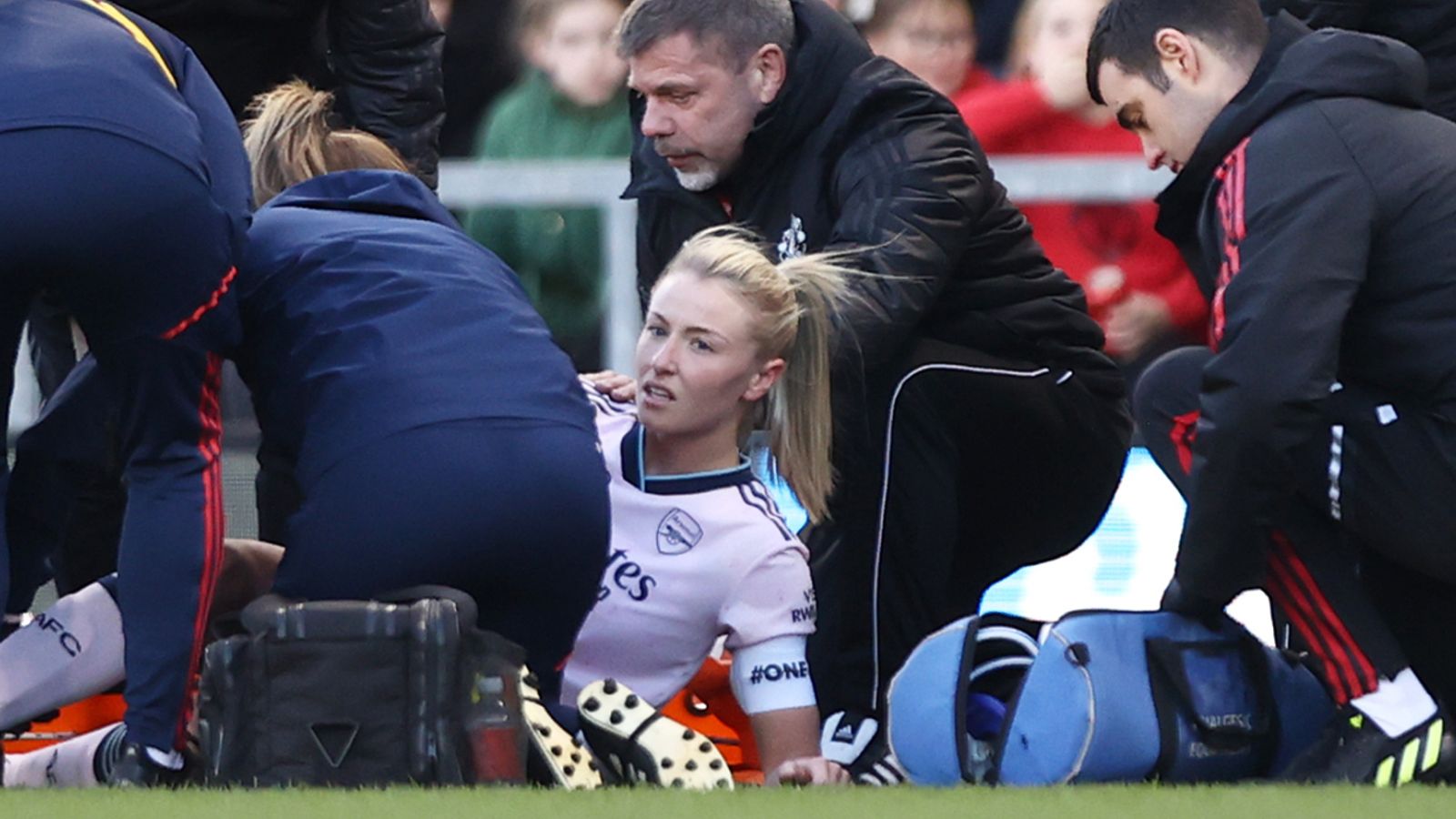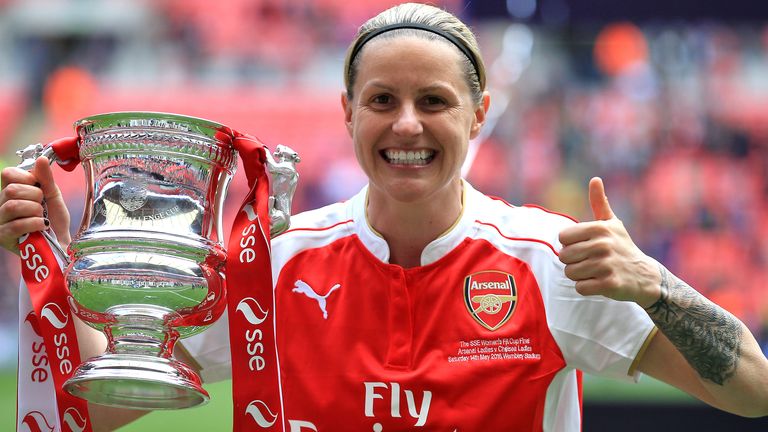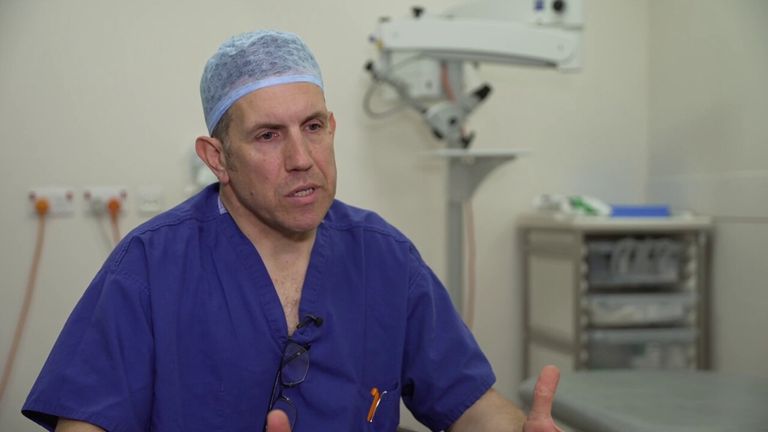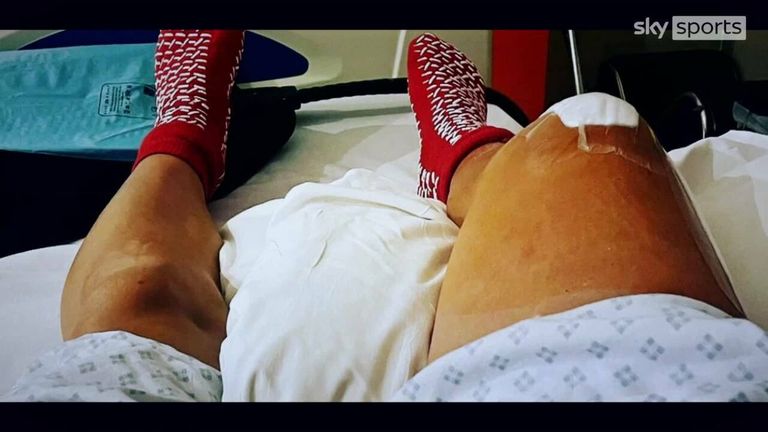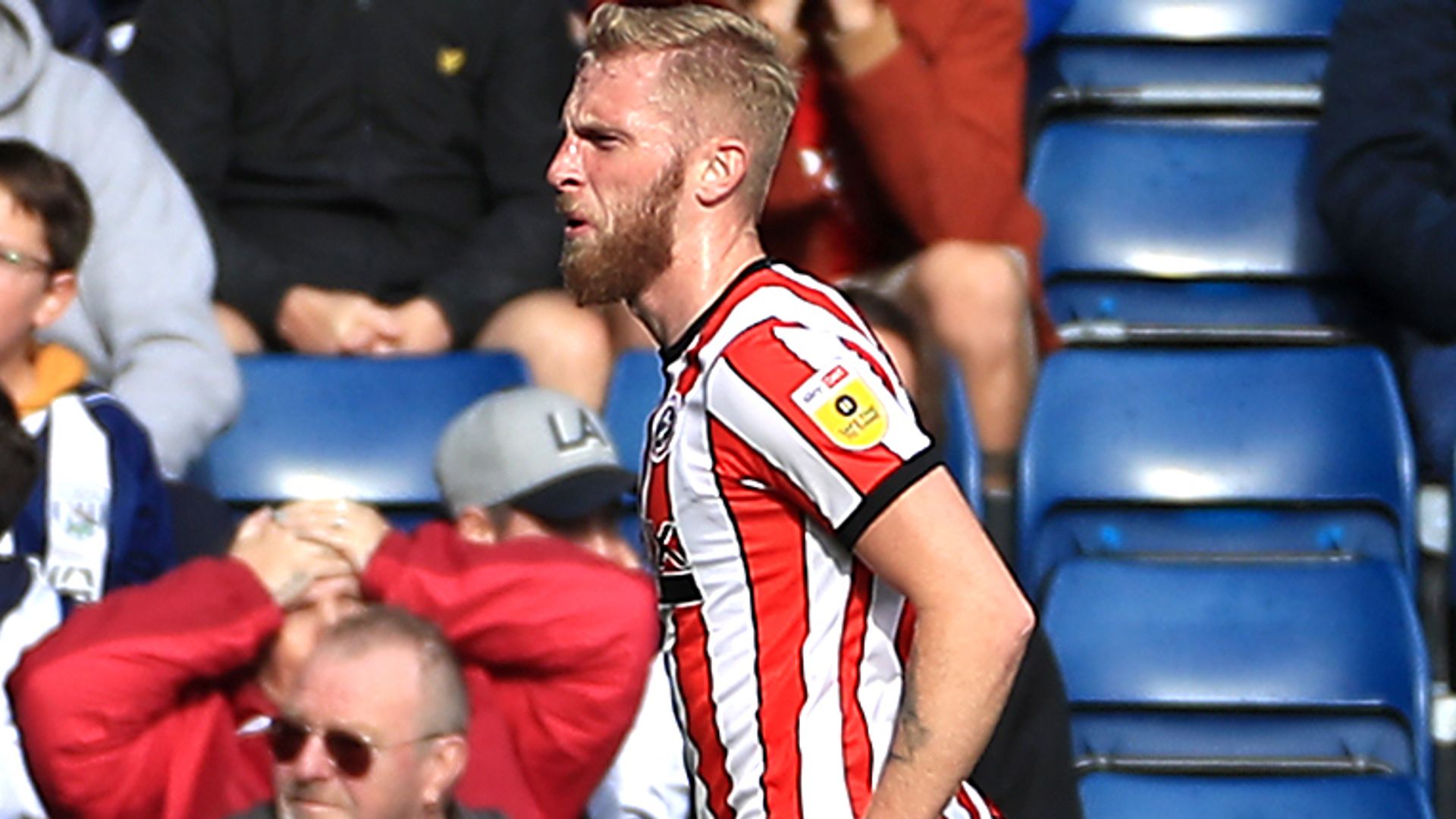Former Arsenal striker Kelly Smith discusses ACL crisis in women’s football – ‘I hated myself during injury’ | Football News
Often when considering the impact of a serious injury on an elite athlete attention is focused on the physical drain – the severe pain of a bad break or muscle tear and the trauma associated with fixing it.
But the physical imposition is merely one part of the journey. The first hurdle of a troublesome 110m race, with nine more barriers to clear before reaching the finish line.
ACL (anterior cruciate ligament) injuries, owing to the severity and length of recovery, are more like a marathon, sprinkled with intermittent hurdles that make reaching the end goal endlessly more difficult.
Female footballers are up to six times more likely to suffer an ACL rupture than their male counterparts, with 25 per cent of the 20 most recent Women’s Ballon d’Or nominees reduced to an extended period on the sidelines with such injury over the past year.
The physical aspect, while damaging, pales in comparison to the emotional toil of such a devastating blow, former England and Arsenal striker Kelly Smith believes, having suffered through the experience herself back in 2001.
“I hated myself, I didn’t know how to be,” Smith told Three Players and a Podcast, when recalling how she felt at the time.
Just 12 minutes into Arsenal’s Women’s Super League game against Manchester United last week, Leah Williamson suffered the same fate and will now miss this summer’s World Cup.
The England captain collapsed in a heap after stepping across United midfielder Katie Zelem, fairly innocuously with no contact, but all the signs were evident in Williamson’s reaction as she pounded the ground in obvious discomfort, before tearing up at the prospect of what was to come.
Forty-eight hours later confirmation arrived. Williamson’s hopes of leading England out at the 2023 Women’s World Cup were over – so too her club ambitions, with Arsenal into the semi-finals of the Champions League for the first time since 2013.
A cruel end for a player at the peak of her powers.
“Arsenal contending with three ACL injuries in one season – it’s absolutely gobsmacking,” Smith continued, referring also to Beth Mead and Vivianne Miedema, whose season-ending knee injuries happened within four weeks of one another.
“It’s the hardest injury to recover from, both physically and emotionally. You’re away from the team for so long, there is risk of losing your identity and your love for the game. It’s a hard road.”
The lack of female-specific research within the field of injury prevention and surveillance has been criticised in the wake of such high-profile injuries to players so close to a World Cup tournament.
Theories relating to a woman’s menstrual cycle have been mooted, but never fully investigated.
Speaking on Inside the WSL earlier this season, female health specialist Dr Emma Ross explained: “We don’t have a lot of research on female athletes.
“But what we do know about the menstrual cycle and injury is that the changing hormones across the cycle can impact the physiology and biomechanics of the body.
“For example, when oestrogen is elevated in the menstrual cycle, and that happens in about the second week, it can affect the stability of joints. It can interfere with the collagen in our joints and it can create looser, more lax joints. A loose joint is therefore less stable and more inclined to injury.”
Smith continued to explain the emotional turmoil she was forced to overcome as a player in ACL recovery, with very little psychological support available to guide individuals through a “rollercoaster of emotions”.
“There is a lingering thought in your mind ‘can I reach those levels again?’
“Some days are good, some days you have setbacks and it’s such an emotional rollercoaster.
“I couldn’t be around my team when I was coming back from injury – it hurt me so bad. There were some anger issues – sometimes I wanted my team to lose because I wanted them to miss me.
“When they were winning I was upset because I felt like they didn’t need me. There are so many emotions swirling in your head, then I felt like a bad person for having such thoughts. There wasn’t access to sports psychologists when I played. I didn’t know who I was.”
The FA, the governing body currently responsible for overseeing the WSL, has recently stipulated that, overall, injury rates for players have decreased over the past four seasons. They have simultaneously committed to continuing with injury and illness surveillance work.
Smith added: “We need to start seriously looking into it – it’s not fair on the players because it’s such a difficult injury to come back from. Too many young female players are having to do that now.”

